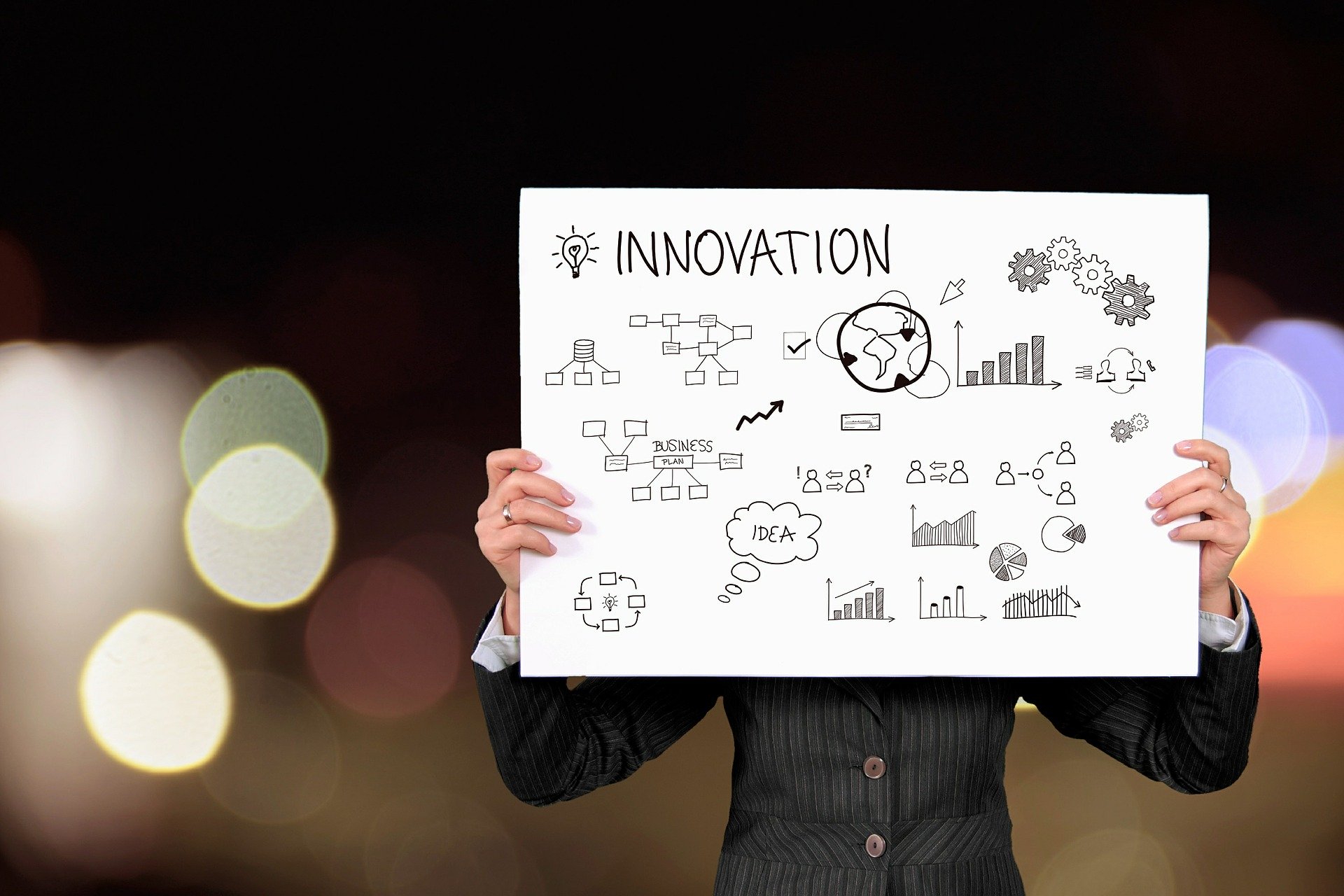

Author: Marsha Simone Cadogan, PhD (Intellectual Property Rights Law) | Canaan Bridges Consulting
Almost every day, innovations in emerging technologies bring new products to market, create new and different services, or change how consumers interact with products and services. Intellectual property rights intersect with emerging technologies in various ways, some of which are more significant than others. This note is an overview of some of the more substantial ways in which intellectual property intersects with emerging technologies, and influences global consumer markets.
Emerging technologies are staples of the fourth industrial revolution. They are advanced technologies that are built off new or existing technological know how and are meant to replace or change how things are done in our every day lives. Examples of emerging technologies include artificial intelligence and machine learning, blockchain and distributed ledger technologies and 3D printing.
Intellectual property rights are intangible proprietary rights which give owners the right to control how and who uses commodities, works and inventions that they have created. The legal framework that governs this right is called intellectual property rights law. This framework is very closely linked internationally and domestically with the international trade system. Intellectual property rights are creations of the mind, meaning they are motivated by thought and ideas, which once fixated, developed as expressions, used in a process or as a process in manufacturing or research and development, expressed as a sign, scent, symbol, or aesthetic qualities, become registrable and protectable under law as intellectual property (other things being equal). This may include trademarks, copyrights and neighboring rights, patents, industrial designs and geographical indications.
Artificial intelligence, machine learning and robotics can be used to create art work, music, communication interface such as chatbot, and to help with production processes. In some jurisdictions, these AI-based creations can be protected as copyrights. Patent rights provide inventors with a period of 20-25 years (based on jurisdiction) of monopoly in the making, selling, use, leasing or otherwise of the novel invention. AI and robotic inventions may be patent registrable, protecting the technological know-how used to create the products and services. Trademarks can be used to distinguish the developer’s brand from another competitor’s brand, and create brand value in consumer markets.
But there is more…: Emerging technology is changing the practice and application of IP law. As an example, blockchain and distributed technology, is currently used to help the IP litigation process by providing record-keeping transactional time-stamped data about IP registrations i.e., which can be used to defend or initiate infringement claims. (such as copyright registrations and first use, trademark registrations and first use etc.). Also, smart contracts may allow parties to an agreement to conclude the entire agreement without the need for IP lawyers to be part of the proceedings. In the current emerging technology market space, smart contracts are used on distributed ledger technology platforms to facilitate trademark registrations. There is also a role for blockchain and distributed technology in reducing/preventing counterfeits, and in authenticating the provenance of goods and services. By verifying all the transactions on a product’s value chain (through digital record keeping and time-stamped data), blockchain technology may make it easier for counterfeits to be identified and dealt with (resources and legislation permitting).
These are just a few intersections between emerging technologies and intellectual property rights. Two of the more pressing issues are (I) the frameworks (legal, business, capital resources) which jurisdictions have in place to facilitate sound relationships between IP and emerging technologies and (II) and whether IP reforms are needed at the international level to safeguard the integrity of the IP system in the technology age.
Two of the more pressing issues are: the frameworks (legal, business, capital resources) which jurisdictions have in place to facilitate sound relationships between IP and emerging technologies and the types of reforms needed at the multilateral level to safeguard the integrity of the IP system
Tweet